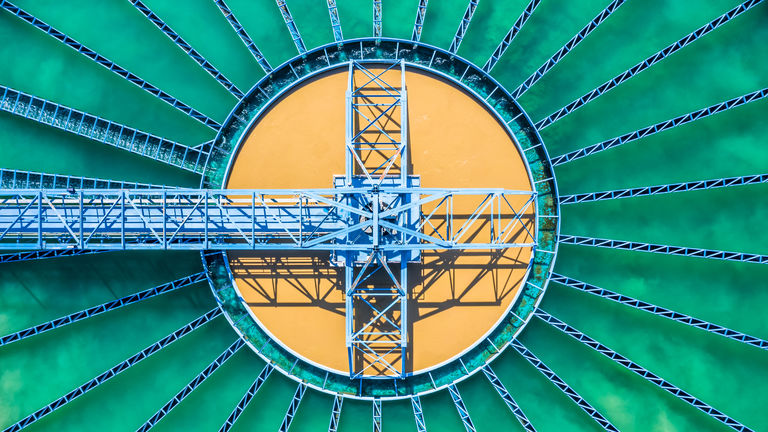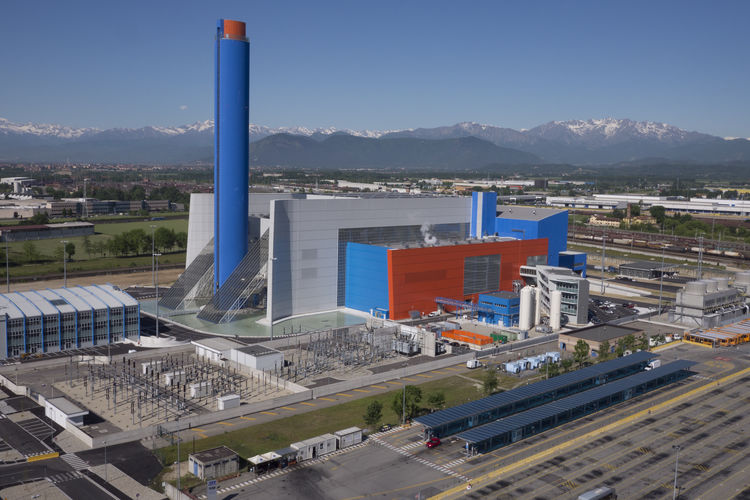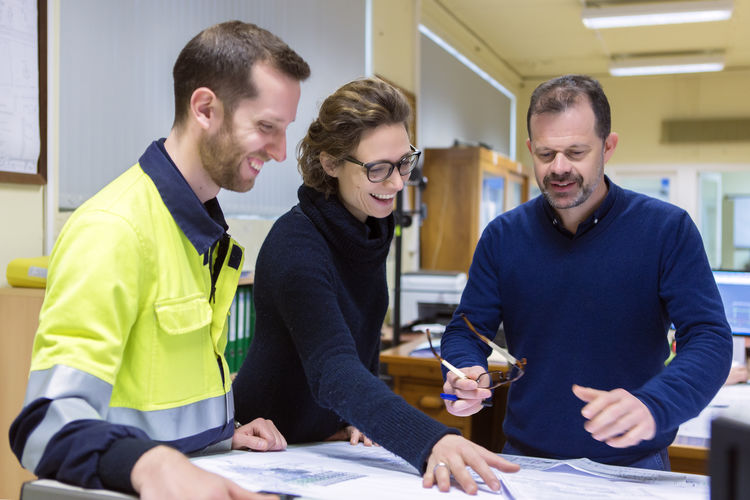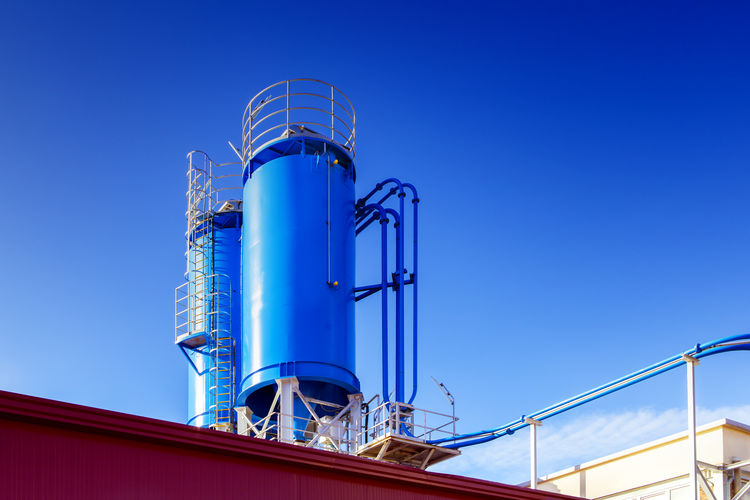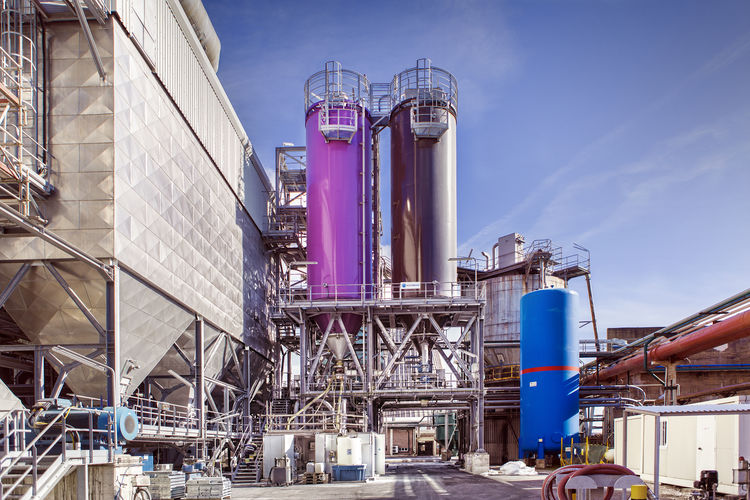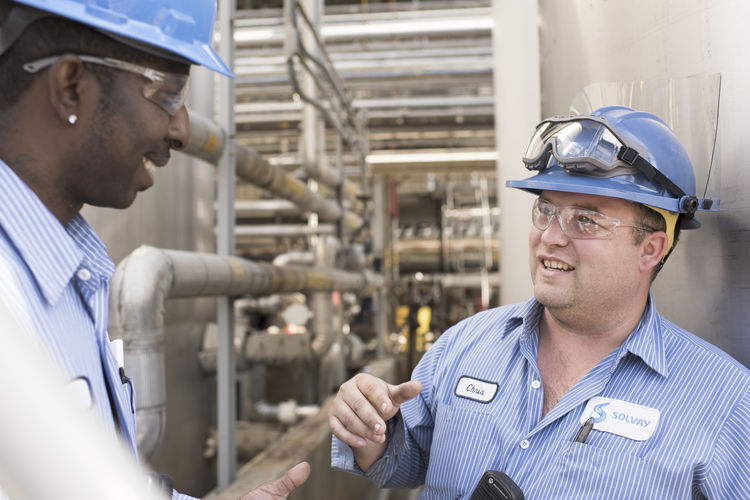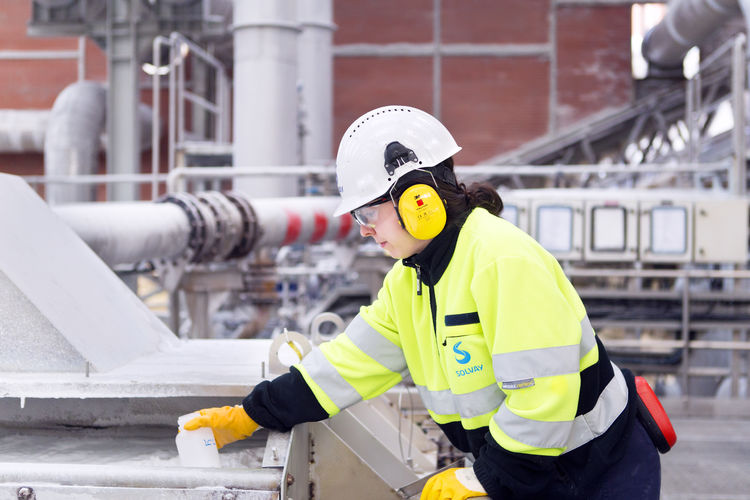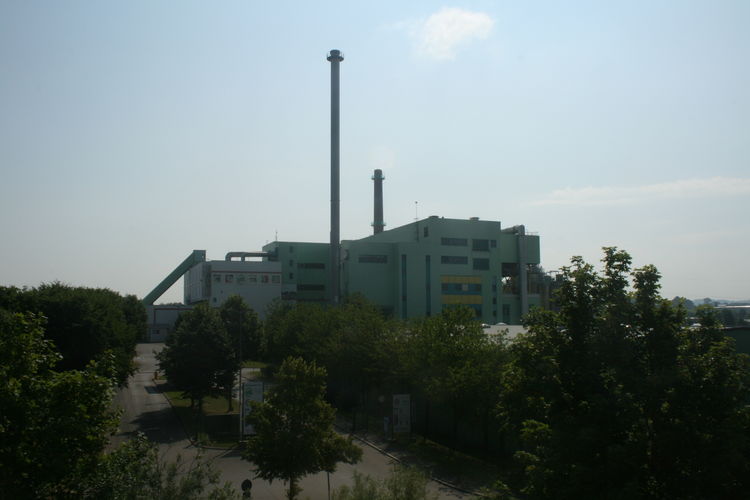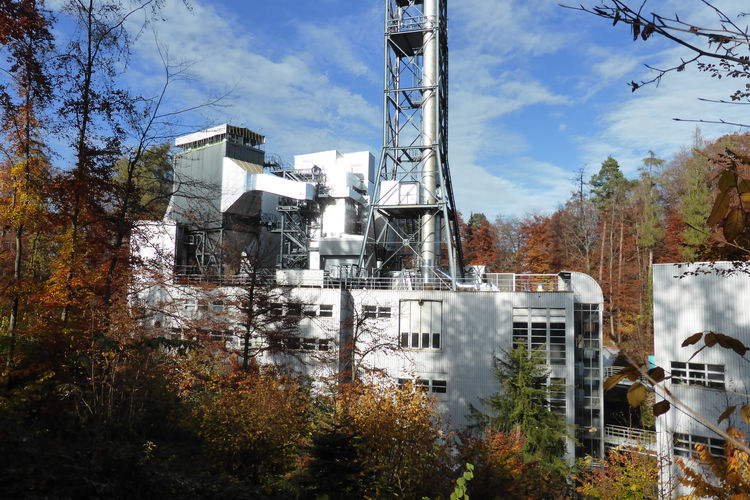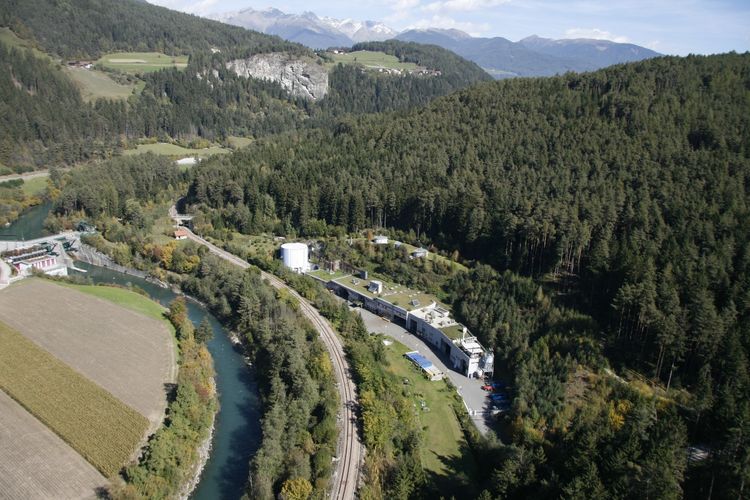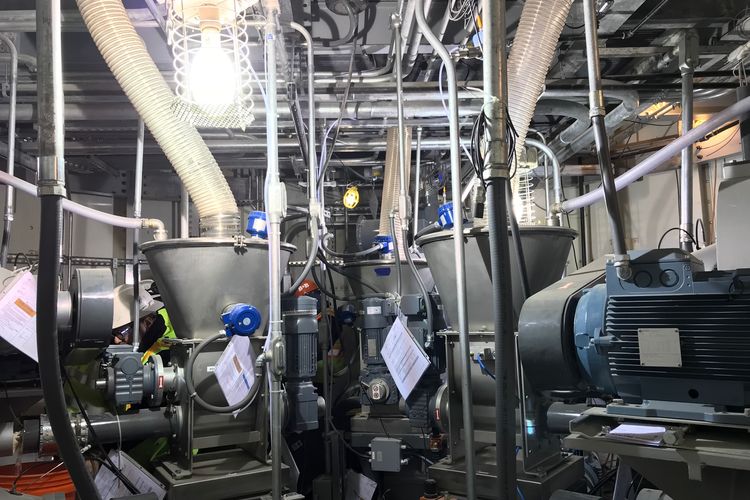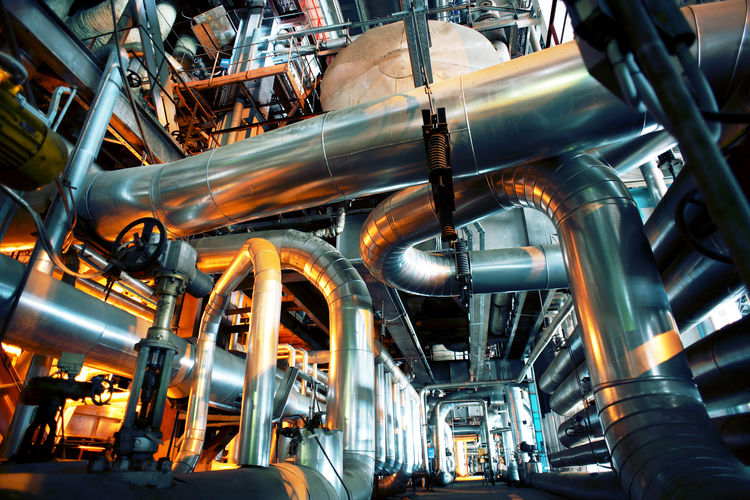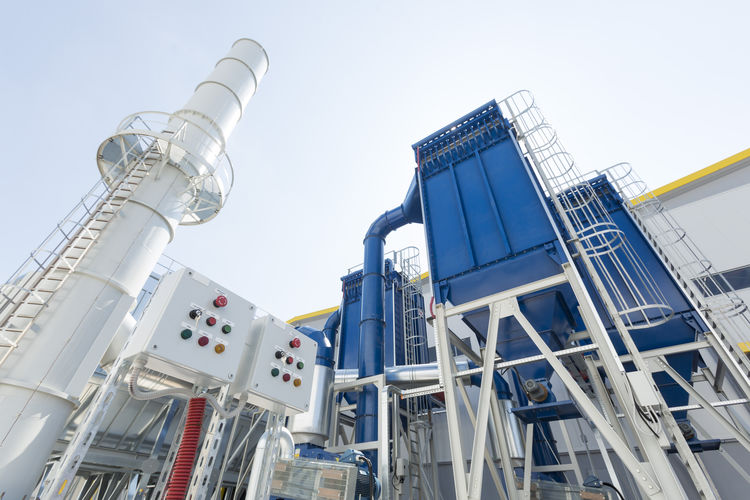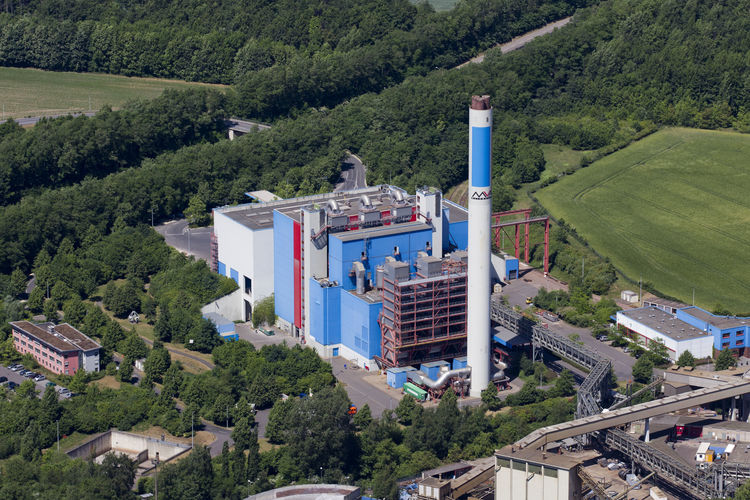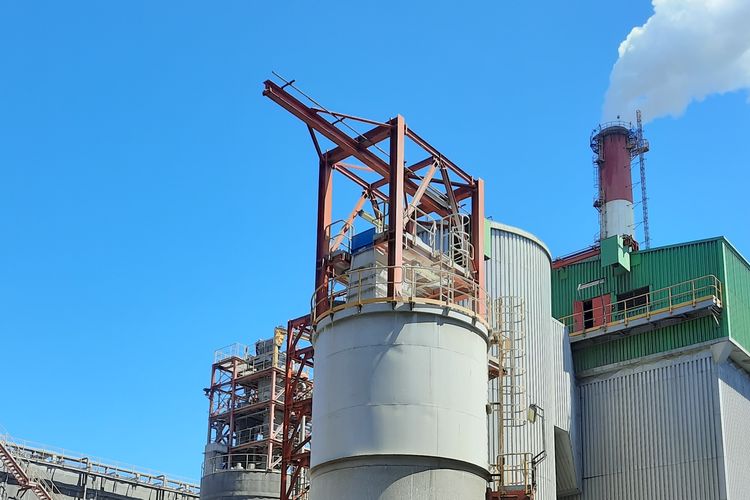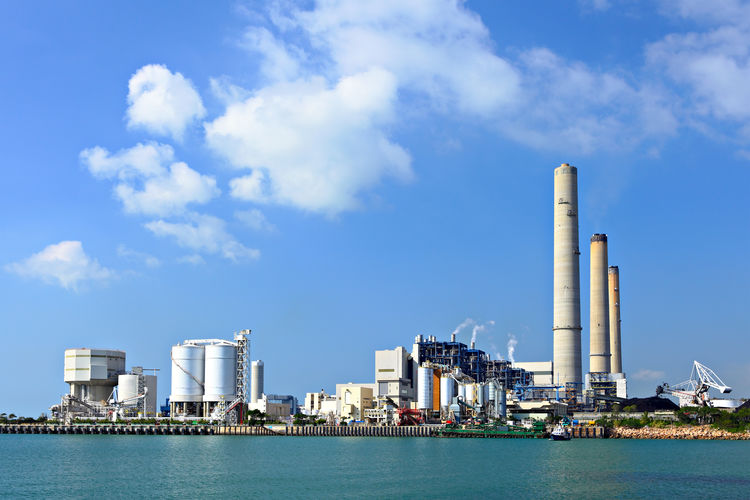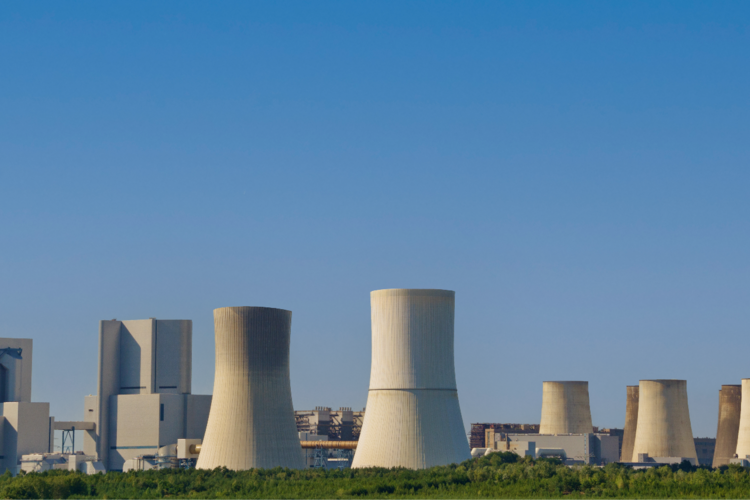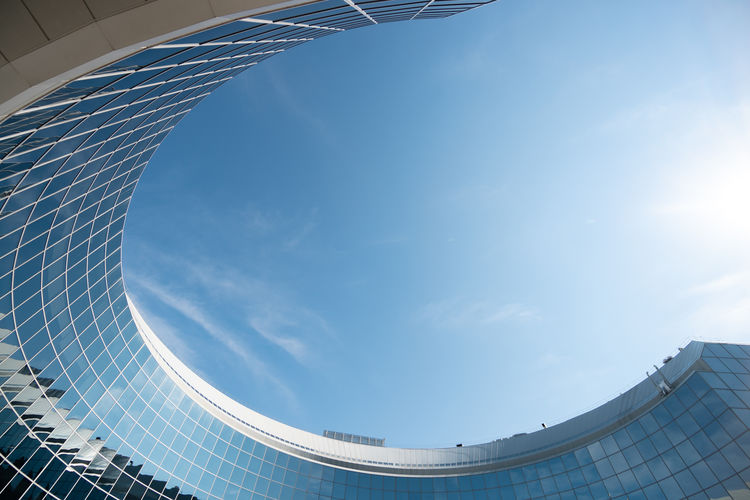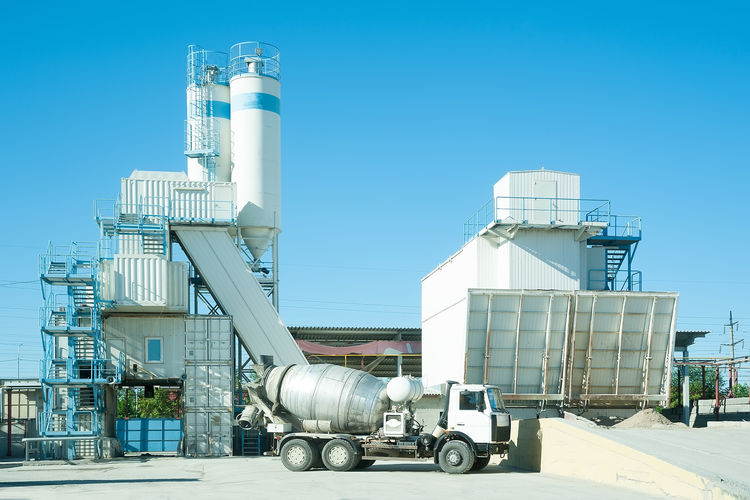SOLVAir® Sludge treatment Key figures - June 2019
SOLVAir® 20 years of successful experience in sludge treatment
Dozens of customers in Europe and Asia
98% to 99% SO2 mitigation in flue gases
1.18 average stoichiometric ratio
Only 14-18 kg of bicarbonate needed per ton of wet sludge
3 companies data compiled in this sludge case study
The first one is a wastewater treatment operator in France processing 13,000 tons of sludge per year, of which 33% is sulphured sludge.
The second one is a municipal water treatment plant in Poland with a treatment capacity of 14,000 tons of dry matter per year.
The third is another French wastewater treatment facility servicing the equivalent of 1 million inhabitants and treating sludge through centrifugation then incineration, with heat from the flue gases being used to produce electricity.
Wastewater treatment operators needs
Sludge incineration, a source of SO2
Wastewater treatment implies the incineration of the remaining sludge. The problem is, burning that sludge generates flue gases that often contain high amounts of SO2, dust and CO2. At the same time, regulatory requirements regarding incineration emissions are getting increasingly stringent.
Compliance with stringent EU regulation
These various operators must comply with the European Union’s BREF (Best Available Techniques Reference Document) on waste incineration, which stipulates a limit for SO2 content in flue gases that must be contained between 5 and 40 mg/Nm³.
Fighting water, dust and pollutants
They therefore turn to us with a strong demand to mitigate the sulphur in their emissions, while keeping low stoichiometric ratios. What’s more, the particularity of raw gases from sludge incineration are their high concentration of dust and water, making their treatment all the more tricky.
SOLVAir® facilitates the processing of emissions from sludge incineration
Meeting current and future SO2 limits
Thanks to the installation of SOLVAir®’s flue gas treatment solution on their sludge incineration facilities, these operators were able to meet present and even future regulatory requirements.
Up to 99% of SO2 eliminated, including peaks
Just like for the treatment of other types flue gases, our solutions offer very high mitigation rates for SO2 - 98% to 99% - while requiring limited investments for wastewater treatment operators. They also have the capacity to mitigate sudden peaks in SO2.
A proven solution with a low stoichiometric ratio
In sludge incineration, SOLVAir® solutions allows users meet the regulations with a very low stoichiometric ratio. It has been proven by measuring the remaining content of bicarbonate in flue gas treatment residue from 15 plants in three different countries: We observed an average stoichiometric ratio of 1.18 with variable flue gas compositions (SO2: 1500-5000 mg/Nm³ and H2O: 25-40%).
Benefits for wastewater treatment operators
No heavy investments required
Compared to other solutions, SOLVAir®’s solution offers particularly favorable economics. Despite the high dust, CO2 and water content of these flue gases, wastewater treatment operators are able to comply with regulations without breaking the bank.
A limited consumption of sorbent
Indeed, installing our solution doesn’t require extensive CAPEX, and neither does the raw material employed, bicarbonate. What’s more, the quantities necessary remain limited: the typical observed consumption of bicarbonate by SOLVAir®’s solution is 14 to 18 kilograms per ton of wet sludge.
Residue recycling
Lastly, beyond the desulphurisation of emissions, its environmental benefits also include the fact that the flue gas residues can be recycled at specialized treatment facilities managed by Solvay.
“Since our first industrial references in the early 2000s, customers have proven that SOLVAir® solutions allow them to comply with strict regulations at a reasonable cost, despite the high sulphur content in the raw gas.”
Requirements for sludge legislation
The European Union’s BREF regulation for waste incineration imposes a limit in SO2 emissions, which must be within the range of 5-40 mg/Nm³ dry 11% O2.
